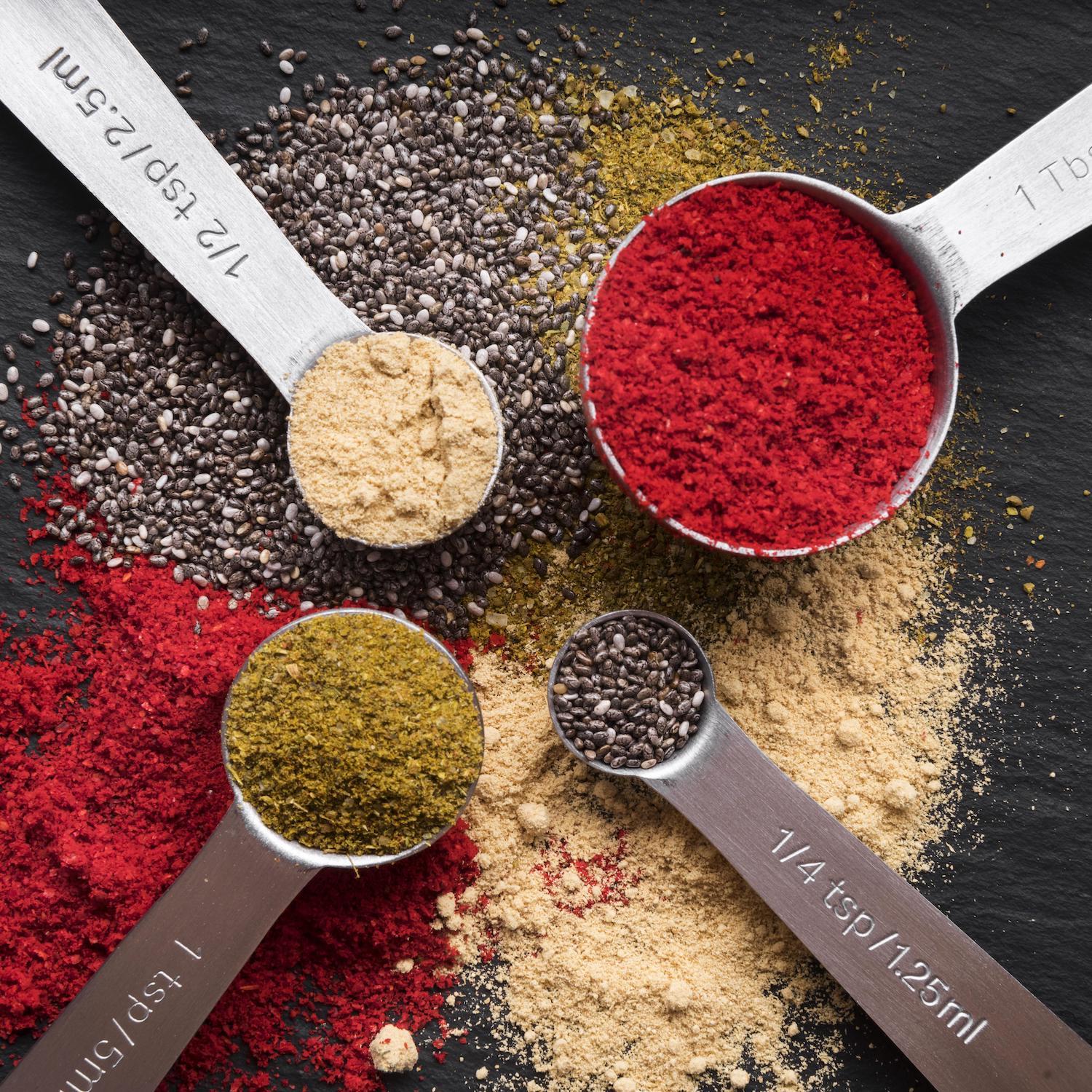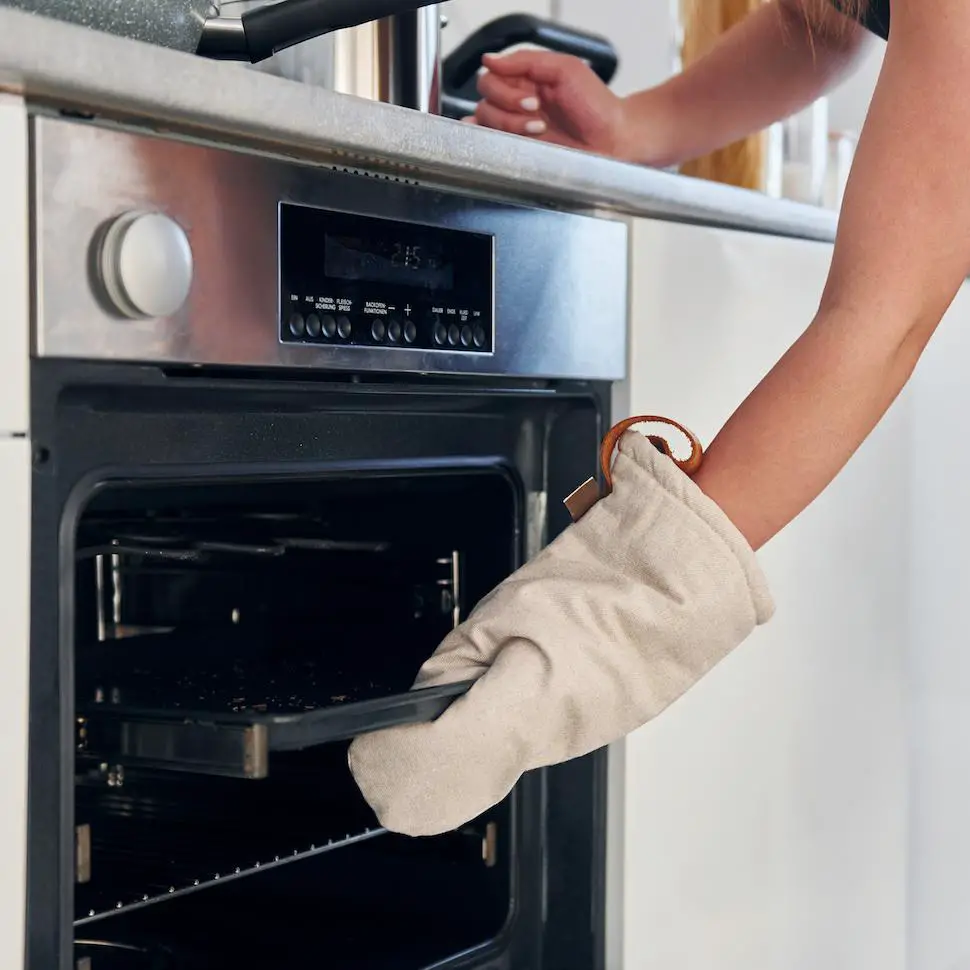Understanding Measurement Methods in Cooking and Baking
In general, weight, dry volume, and liquid volume are the three methods used to calculate component quantities in recipes. If a recipe asks for an ingredient in ounces or pounds and it is properly worded, you weigh it or, in many situations, approximate the weight. A volume measure is required when a recipe calls for teaspoons, tablespoons, cups, quarts, etc. Dry materials, such as flour, rice, or sugar, must be measured in a dry measuring cup; fill the cup to the brim, then scrape flat to obtain an exact measurement. Simply fill a graduated liquid measure cup to the line with liquids such as milk, water, or broth.
When cooking, keep this in mind: accurate measurements are essential for bread and spaghetti dough, dessert cakes, crusts, and fillings. Good skills are significantly more essential than precise measures in everyday cooking!
Common Abbreviations

| t | = Teaspoon |
| tsp | = Teaspoon |
| T | = Tablespoon |
| Tbsp | = Tablespoon |
| c | = Cup |
| oz | = Ounce |
| pt | = Pint |
| qt | = Quart |
| gal | = Gallon |
| lb | = Pound |
| # | = Pound |
Measurement Equivalents
| 1 Tbsp | = 3 Tsp |
| 1/16 C | = 1 Tbsp |
| 1/8 C | = 2 Tbsp |
| 1/6 C | = 2 Tbsp + 2 Tsp |
| 1/4 C | = 4 Tbsp |
| 1/3 C | = 5 Tbsp + 1 Tsp |
| 3/8 C | = 6 Tbsp |
| 1/2 C | = 7 Tbsp |
| 2/3 C | = 10 Tbsp + 2 Tsp |
| 3/4 C | = 12 Tbsp |
| 1 C | = 16 Tbsp or 16 Tsp |
| 8 Fl Oz | = 1 C |
| 1 Pt | = 2 C |
| 1 Qt | = 2 pt |
| 1 Qt | = 4 C |
| 1 Gal | = 4 Qt |
| 1 Gal | = 8 Pt |
| 1 Gal | = 16 C |
| 16 Oz | = 1 Lb |
| Dash/Pinch | = <1/8 Tsp |
Oven Temperatures

| Warming | 200°F 93°C |
| Very Slow | 250°F – 275°F 121°C – 135°C |
| Slow | 300°F – 325°F 149°C – 163°C |
| Moderate | 350°F – 375°F 177°C – 191°C |
| Hot | 400°F – 425°F 204°C – 218°C |
| Very Hot | 450°F – 475°F/ 232°C – 246°C |

